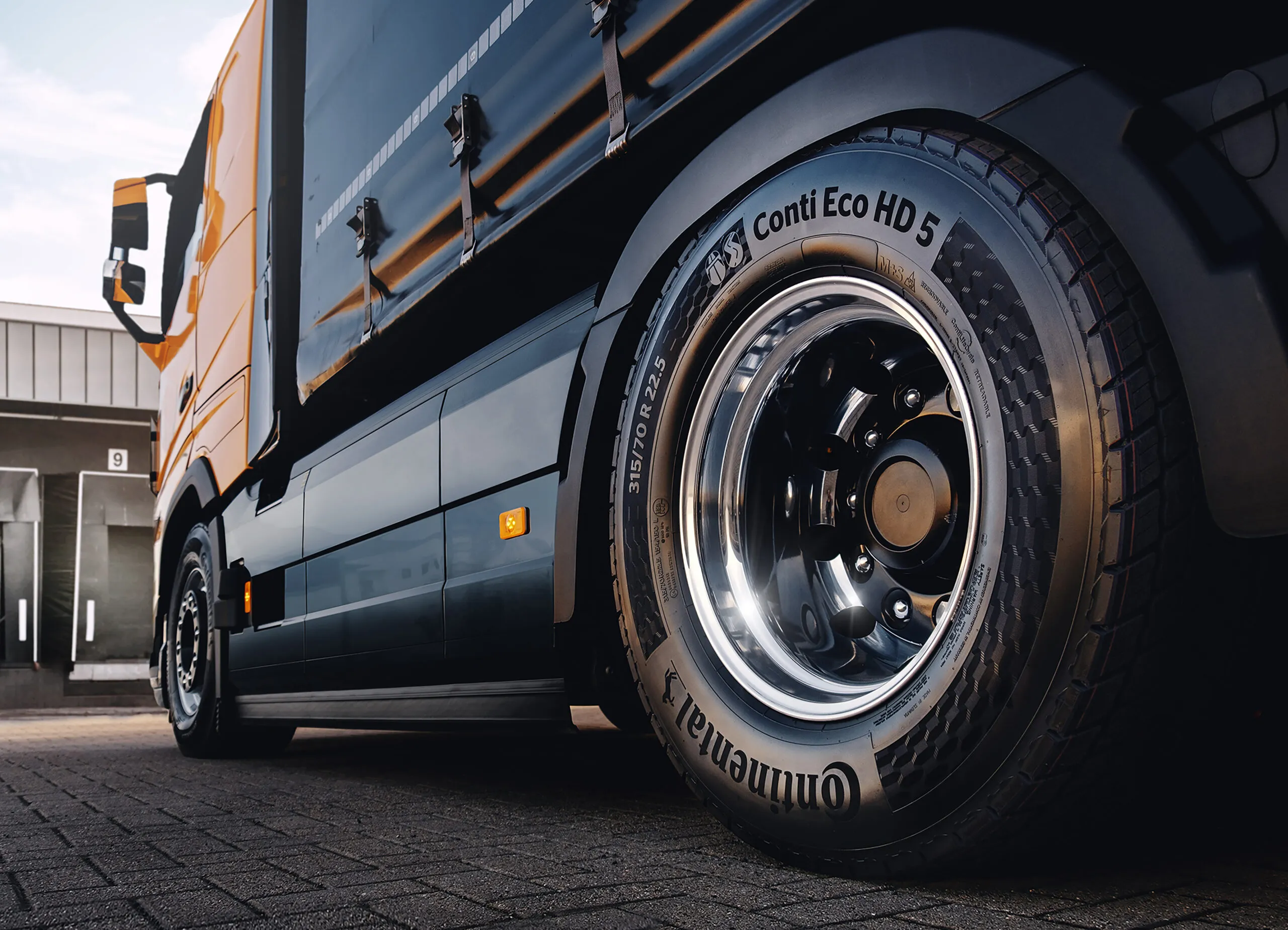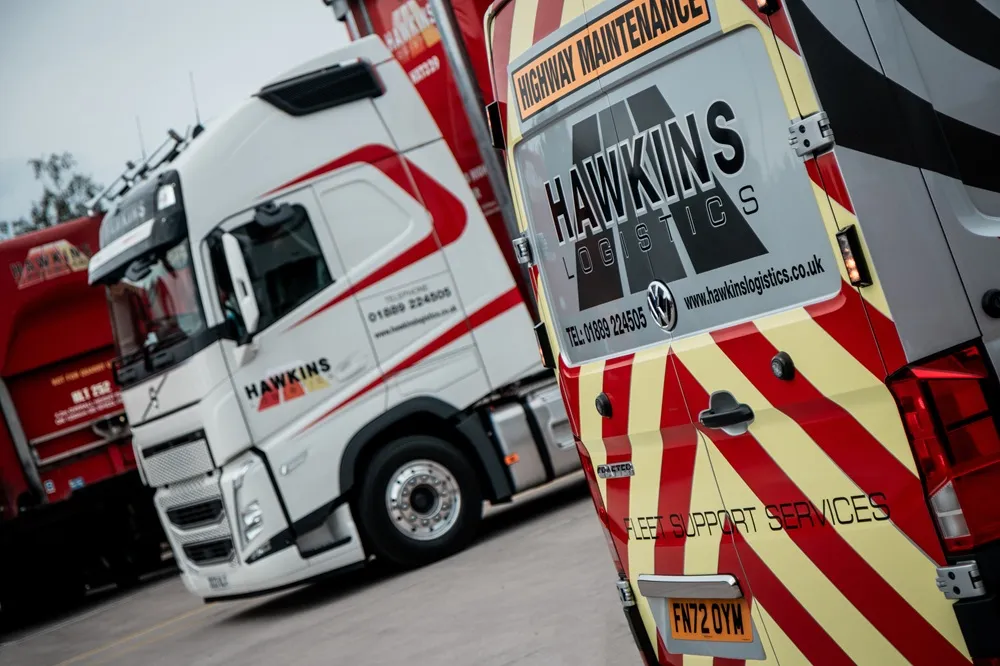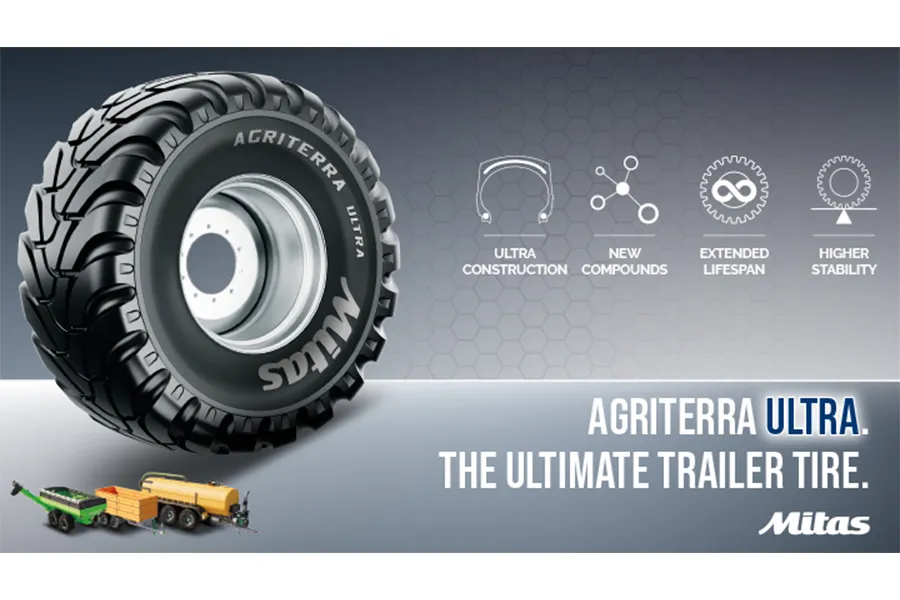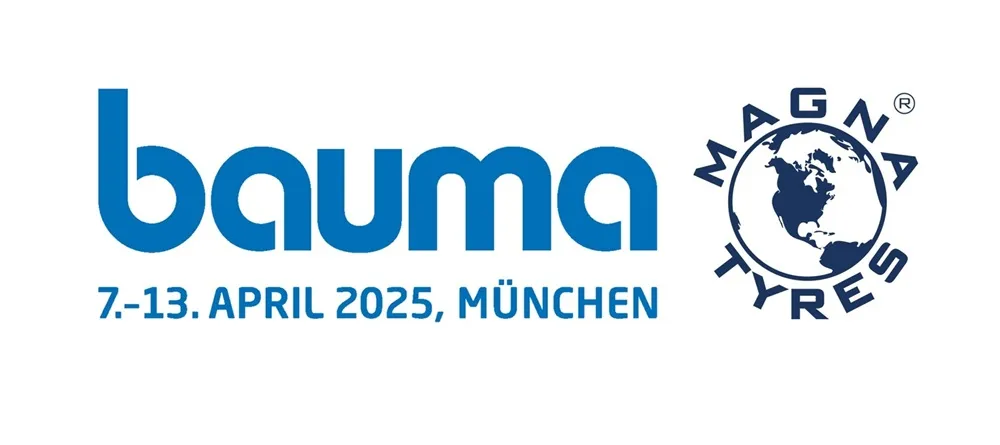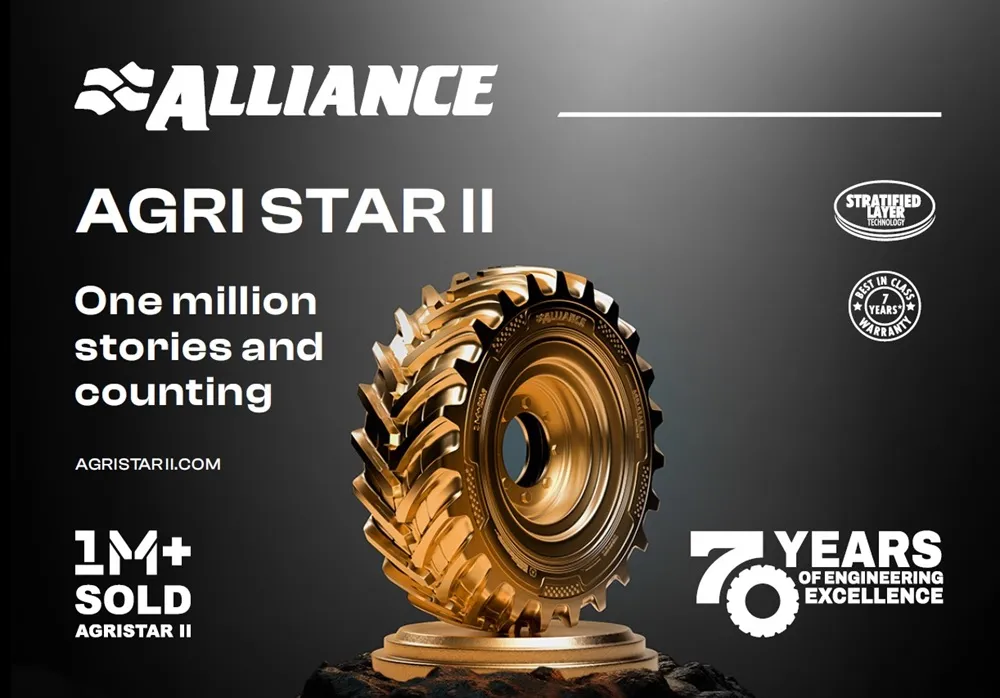In 2024, Continental extended the reach of its holistic ContiLifeCycle concept and launched two new Generation 5 tyre lineups. The concept focuses on sustainability and helps customers meet their environmental goals.
New Tyre Lineups
The new Conti Eco Gen 5, designed for long-distance and regional haulage, and the Conti Urban HA 5, designed for urban buses, both feature optimised rolling resistance and long lifespan with recyclable casings. When developing these tyres, Continental also focused on retreading and cost-effectiveness as a part of a cradle-to-grave approach. Additionally, tyres contribute to future-focused digital fleet management with their cost efficiency.
“Digitalisation is also a highlight feature of the new tyre lineup,” says Hinnerk Kaiser, Head of Product Development EMEA at Continental. “All GEneration 5 tyres are equipped with an RFID chip. They can be factory fitted with tyre sensors as an option and are part of the ContiConnect digital tyre management solution.”
The Future of Retreading
ContiLifeCycle is a holistic concept that focuses on recycling tyres and extending their lifespan. It is part of a tyre management system for fleets from the Conti360° Solutions business area. ContiLifeCycle helps fleet operators minimise their total operating costs and improve the sustainability performance of their companies. The concept is based on circular economy principles and covers new tyres, casing management and retreading.
Retreaded tyres replace new tyres by recycling components and materials. The tyre casing takes centre stage here. A retreaded tyre uses up to 85% less material than a new tyre. The Continental range includes cold-retreaded ContiTread tyres and hot-retreaded ContiRe tyres.
Sustainability
The new tyre lineups benefit from new compound formulas that focus on sustainability. “One of the characteristics of the Conti Eco Gen 5 is the improvement in the casing’s rolling resistance that has been achieved by redeveloping compound and structural elements,” explains Kaiser. “The casing is reusable, allowing the tyre to have a second or even a third life. Retreaded tyres will also benefit from the optimised compounds and their improved rolling resistance.”
This all serves to underline the product’s sustainability. “We consider ourselves the benchmark for total cost of ownership (TCO) and CO2 in the regional segment and a pioneering force in the transition to a more sustainable transport industry. The new tyre has a significant impact on fuel consumption and CO2 emissions, and makes it possible for all fleets to make fuel savings.”
The Conti Urban HA 5 for urban buses has also been designed with sustainability in mind. The tyre’s strengthened sidewall and robust compound increase its resistance to knocks against curbs and other obstacles. “The tyre’s design embodies a high level of durability and supports our ContiLifeCycle concept, which extends its lifespan and reduces environmental impact,” explained Kaiser.
Electric buses among urban bus fleets are steadily increasing in Europe. In 2023, approximately 18% of urban buses newly registered in the EU were electric, and this trend could increase in the future. Electric buses present unique requirements for tyres due to their higher torque and weight compared to diesel-powered buses. The Conti Urban HA 5 addresses these specific needs with its robust construction and innovative materials.
TCO Optimisation and CO2 Reduction
Strong competition, intense cost pressures and customers with high expectations drive the transport industry. Consequently, overall cost-effectiveness given optimum efficiency – i.e. the TCO – is of prime importance for all concerned. Even today, OEMs value the benefits of low rolling resistance more highly in the TCO than fleet operators and therefore already tend to opt more for tyres with optimised rolling resistance.
Currently, around 89% of a tyre’s CO2 emissions occur during its use phase. “This proportion can only be lowered by reducing rolling resistance,” says Kaiser. A reduction in rolling resistance brings fuel savings and lower CO2 emissions at the same time as saving costs. “The Conti Eco Gen 5 is a prime example here. This is more than a mere shift in performance; it marks a genuine leap forward. And we are also in the process of improving tyre sustainability beyond the use phase, i.e. in the supply chains, the materials used and tyre disposal,” he adds.

